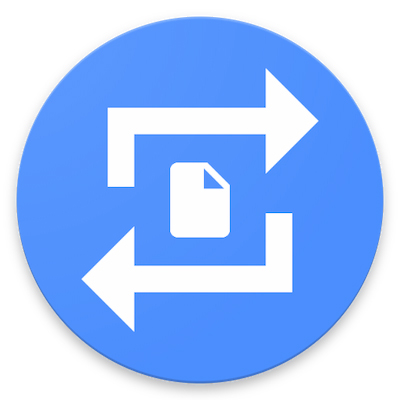If you are looking to convert your AI (Adobe Illustrator) files to DWG (AutoCAD Drawing) format, we have got you covered. Converting AI files to DWG can be useful in various situations. DWG is a proprietary file format used by AutoCAD, a popular software application for computer-aided design (CAD). Many professionals, especially in the architecture and engineering fields, work extensively with DWG files. By converting your AI files to DWG format, you can easily collaborate and share your designs with AutoCAD users. This can be particularly helpful when working on projects that involve multiple software platforms or when communicating with clients who require drawings in DWG format. Additionally, converting AI to DWG allows you to take advantage of the powerful features offered by AutoCAD, such as precise measurements, scaled graphics, and accurate representations of your designs. Whether you are an architect, engineer, or designer, our website offers a range of converters, both online and software-based, that can efficiently convert your AI files to DWG format.





AI files are a type of vector image file that is primarily associated with Adobe Illustrator. Vector graphics use mathematical equations to define the position, shape, and color of each element within the image, resulting in a crisp and scalable image. AI files can contain complex artwork with multiple layers, paths, and effects, which makes them ideal for professional designers and artists. These files can be edited and manipulated within Adobe Illustrator, allowing users to make precise changes to the artwork. Additionally, AI files can be converted into other file formats, such as JPEG or PNG, to make them compatible with other software or platforms. Overall, AI files are a versatile and powerful file format for creating and sharing high-quality digital artwork.
DWG files are a common file format used for storing and exchanging design data. They are primarily associated with computer-aided design (CAD) software and are widely used in the engineering, architecture, and construction industries. DWG files contain detailed information about a design, including 2D or 3D geometric data, text, dimensions, and annotations. They are commonly used for creating and editing technical drawings, blueprints, and models. DWG files can be quite complex and may include various layers, blocks, and attributes that allow for efficient editing and organization of design elements. The format was developed by Autodesk, a leading provider of CAD software, and has become a de facto standard in the industry, supported by numerous CAD applications and platforms.